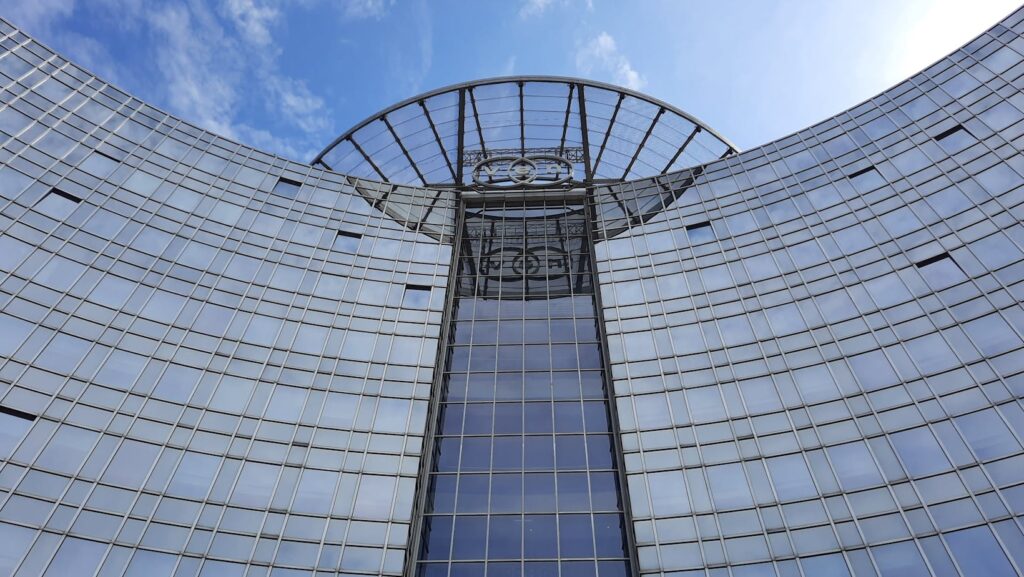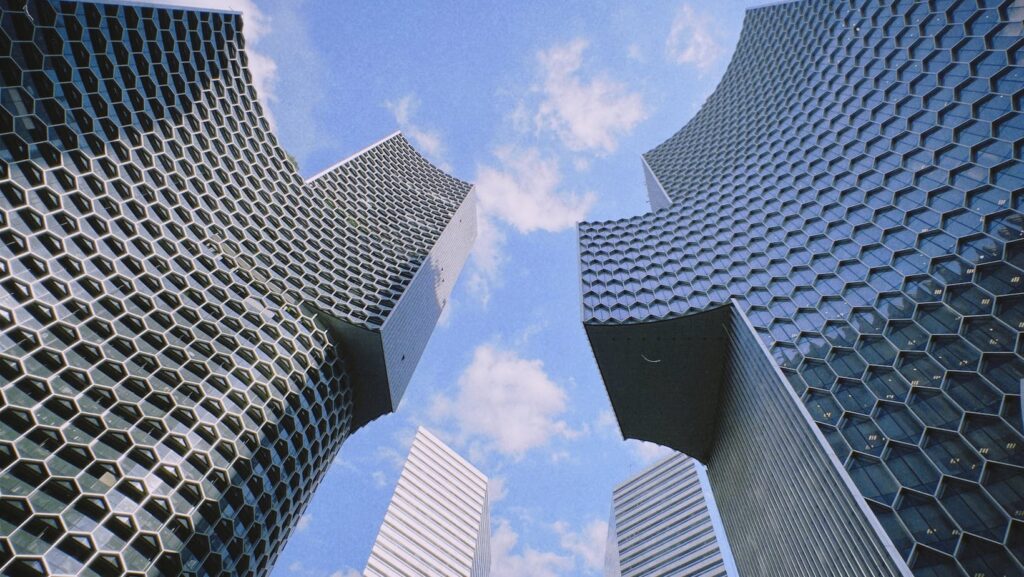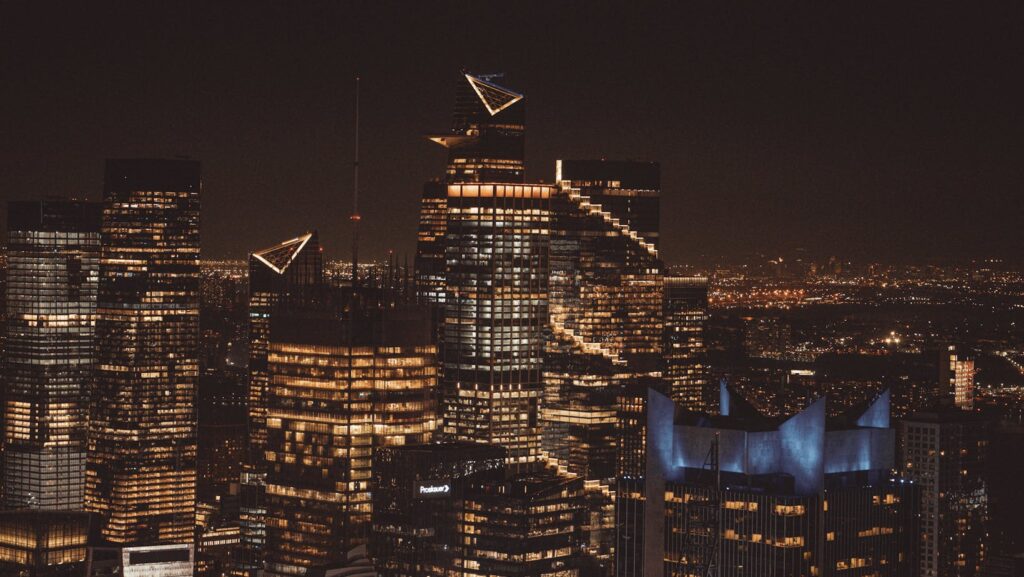Exploring the world of famous brutalist architecture unveils a fascinating realm where concrete structures stand as bold statements of design and functionality. These iconic buildings, characterized by their raw, exposed materials and geometric forms, have left an indelible mark on the architectural landscape. From towering government buildings to avant-garde cultural centers, brutalist architecture has garnered both admiration and controversy for its uncompromising aesthetic.
Leading architects like Le Corbusier and Alison and Peter Smithson are considered pioneers of brutalist architecture. Le Corbusier’s use of concrete in iconic buildings such as the Unité d’Habitation in Marseille set the stage for the movement. The Smithsons’ influential work on structures like the Hunstanton School in England demonstrated the marriage of brutalism with modernist ideas. These visionaries laid the groundwork for the development of famous brutalist architecture, inspiring future generations of architects to explore the possibilities of concrete in design.
Famous Brutalist Architecture
The Barbican Estate: A Beacon in London

The Barbican Estate in London is a prime example of famous brutalist architecture that stands as a beacon of the style. Designed by architects Chamberlin, Powell and Bon, this massive residential and cultural complex embodies the essence of brutalism with its imposing concrete structures. Completed in the 1970s, the Barbican Estate features a unique blend of residential towers, a performing arts center, a public library, and a conservatory, all interconnected by elevated walkways and lush gardens.
Habitat 67: Canadian Innovations in Montreal
Habitat 67 in Montreal, Canada, is a renowned example of famous brutalist architecture that showcases innovative design concepts. Designed by architect Moshe Safdie for the 1967 World Exposition, Habitat 67 is a housing complex comprising stacked concrete modules that form an interconnected community. This groundbreaking project redefines traditional urban living by combining prefabrication techniques with brutalist aesthetics, creating a sculptural and functional living environment. Habitat 67’s unique integration of modular construction and communal spaces highlights its significance as an iconic brutalist structure that continues to inspire architects and urban planners worldwide.
National Theatre in London: A Cultural Fortress

The National Theatre in London stands as a cultural fortress and a prominent symbol of famous brutalist architecture. Designed by architect Sir Denys Lasdun and completed in 1976, this iconic theater complex reflects the brutalist ethos of bold and uncompromising design. Featuring a distinctive concrete facade with dramatic cantilevered terraces and angular forms, the National Theatre exudes strength and permanence.
Characteristics of Brutalist Architecture
Brutalist architecture is characterized by the prominent use of concrete as its primary building material. Architects favored concrete for its versatility, affordability, and ability to create imposing structures. The raw and exposed concrete surfaces of famous brutalist buildings like the Barbican Estate in London showcase the material’s rugged texture, emphasizing the aesthetic appeal of brutalism.
In famous brutalist architecture, the principle of Form Follows Function is paramount. Buildings are designed with a focus on practicality and purpose rather than decorative elements. This approach results in structures that prioritize functionality and efficiency, evident in iconic brutalist landmarks such as Habitat 67 in Montreal.
Critical Reception and Public Opinion
Controversies Surrounding Design Aesthetics

Brutalist architecture, with its fame for raw concrete and imposing structures, has sparked controversies regarding its design aesthetics. The stark and rugged appearance of famous brutalist architecture often divides public opinion. While some admire the boldness and authenticity of these brutalist buildings, others criticize them for their harsh appearance and lack of conventional beauty standards.
Revival and Modern Appreciation
In recent years, famous brutalist architecture has experienced a revival in modern appreciation. Once polarizing, brutalist buildings are now being reevaluated and celebrated for their historical significance and unique design language. Architects, designers, and preservationists are recognizing the cultural and architectural importance of these structures, leading to efforts to conserve and rehabilitate iconic brutalist landmarks around the world. The resurgence of interest in brutalism underscores a growing appreciation for the boldness, functionality, and inherent beauty found in these distinctive architectural works.



